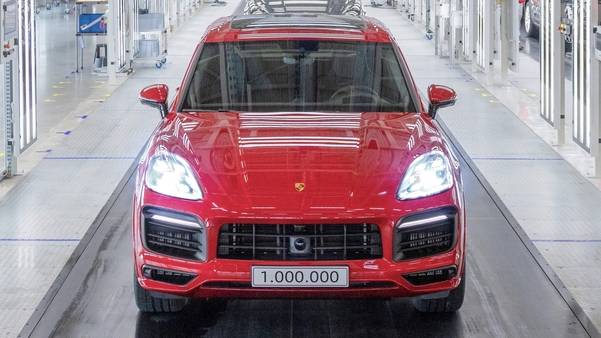Input 2021.02.25 06:00
Mercedes-Benz is expected to release about 10,000 units of the luxury sedan S-Class completely changed this year and release them next month, but all have already been sold. Even if you sign a contract now, you have to wait a year for delivery. Volvo, which has been growing rapidly in recent years, also takes about 10 months to receive a popular model. In the case of the S90 and XC40, which shipped about 1,000 units each last year, Volvo increased the volume this year to 3,000 units, but it is not enough to meet the increased demand.
High-end supercar brands, such as Bentley, Lamborghini, and Porsche, costing hundreds of millions of dollars per unit also take a long time to wait. In the case of the popular Porsche model, the Cayenne, it is known that it takes at least one year to receive the vehicle after ordering.

However, domestic consumers are expressing dissatisfaction, saying that it is difficult to convince that the waiting period reaches one year, as it has become the second most important market after the United States and China as the sales of imported cars in Korea have increased rapidly. Kim Mo, an office worker who recently visited an imported car store to change the car that has been used for more than 7 years, said, “I heard that I could get a car next year because I was going to receive a consultation and contract for a long time. “I know demand is increasing, but I don’t know why companies aren’t bringing in enough supplies,” he said.
Global companies are actively allocating supplies to Korea in consideration of the increasing demand for imported cars in Korea, but it explains that the supply cannot keep up with the demand. It is also the result of considering the fact that in the long run, the market can be lost if an amount is brought in without adequate infrastructure such as a service center. It is also important to secure sufficient quantity to keep up with demand, but if related infrastructure such as after-sales service (A/S) fails to keep up with it, consumer complaints will accumulate, and sales cannot be increased unconditionally.

It is in the same vein that Audi, which had ceased sales for two years from 2016 after the’Diesel Gate’ ripple, expanded service centers and work bays, which are vehicle repair spaces, during the period of sales suspension.
An industry insider said, “In the case of Jaguar Land Rover, which had a surge in sales in the 2010s, sales increased for a short period of time, but the infrastructure could not be built, which eventually led to a decrease in sales.” It has no choice but to happen,” he said.
